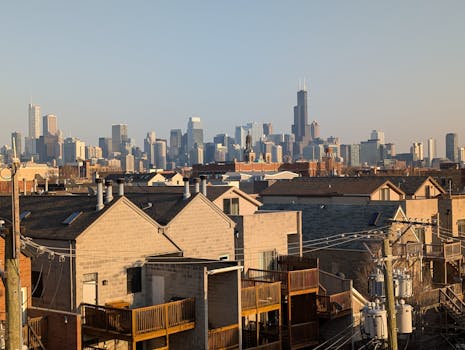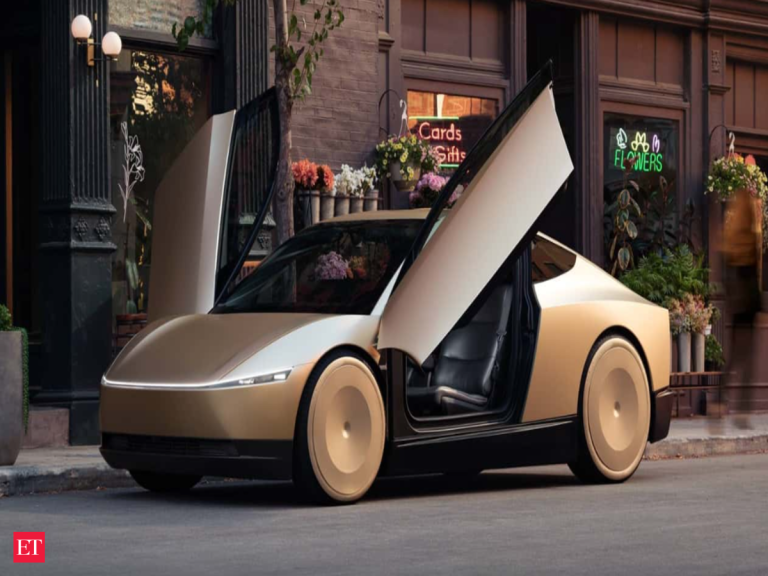Introduction to Modern Architecture

Modern architecture emerged in the late 19th and early 20th centuries as a response to the traditional styles dominant at the time. Emphasizing minimalism, functionality, and social well-being, modern architecture seeks to innovate and reflect the complexities of contemporary societies. Its influence can be seen in various disciplines including design, urban planning, and environmental sustainability.
Characteristics of Modern Architecture

One of the defining characteristics of modern architecture is its embrace of new materials and technologies. Skyscrapers, for instance, incorporate steel and glass, which allow for the creation of expansive spaces filled with natural light. Functionality is key; buildings are often free from unnecessary decorative elements, prioritizing utility over sheer aesthetics. Open floor plans and integration with the surrounding landscape further hallmark the spirit of modern architecture.
Key Movements and Influences

Various movements have shaped modern architecture, promoting experimentation with style and form. The Bauhaus movement, for example, emerged in Germany during the early 20th century and revolutionized the relationship between art and architecture by fostering collaboration across disciplines. Similarly, International Style designers emphasized the importance of skin and structure in urban residential environments and commercial high-rises. Aspects of modernism can also be seen in later developments like Brutalism and Postmodernism, each reflecting distinct societal changes.
Influential Architects in the Modern Era

Several key figures have significantly impacted modern architecture. Frank Lloyd Wright’s designs, rooted in nature and determination to create harmonious spaces, represent the ultimate integration of built environments with the natural world. Le Corbusier introduced innovative house designs that offered efficient living spaces, establishing principles that still guide architects today. Moreover, Zaha Hadid’s futuristic designs defy traditional structural constraints, exemplifying a blend of artistry and provocation.
Modern Architecture Around the World

The influence of modern architecture transcends borders, leaving a substantial imprint from the streets of New York City to the landscapes of Tokyo. In Europe, classic modernist buildings like the Villa Savoye by Le Corbusier stand as testaments to innovative thought, while Asia has sought to marry tradition and emerging technologies, evident in contemporary explorations of sustainable architecture. With cities evolving and further commitments to environmental stewardship emerging, modern architecture continues to adapt and reinvent itself globally.






